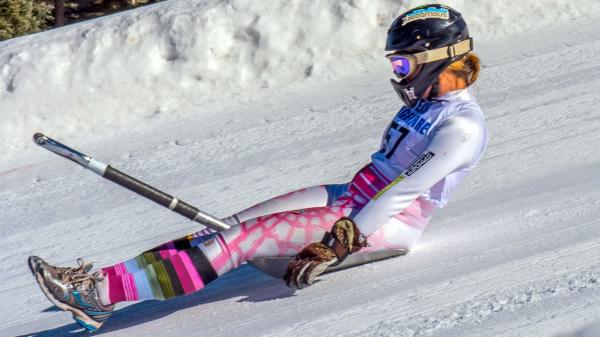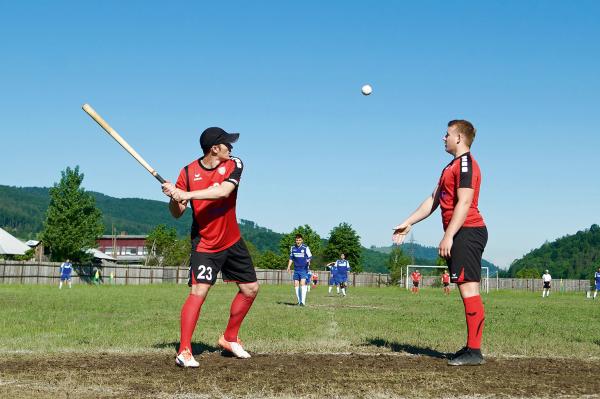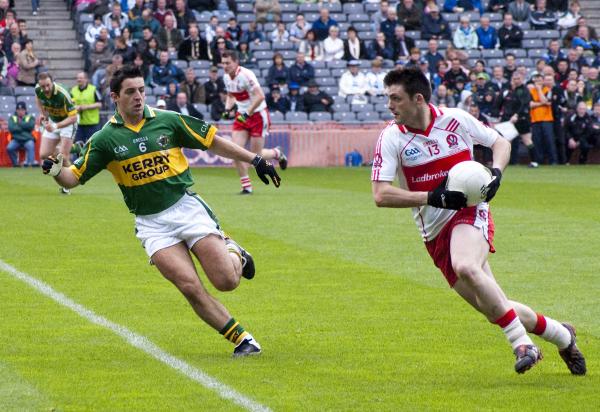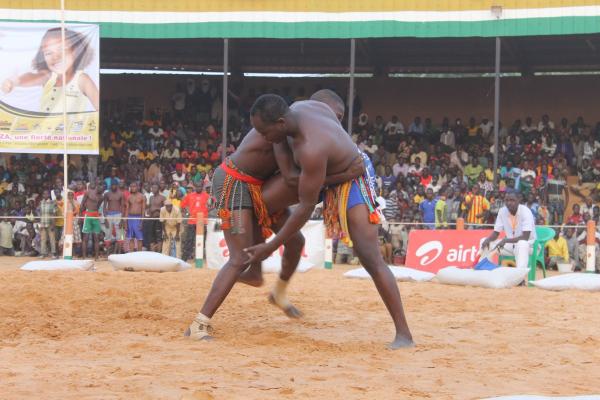Cycling
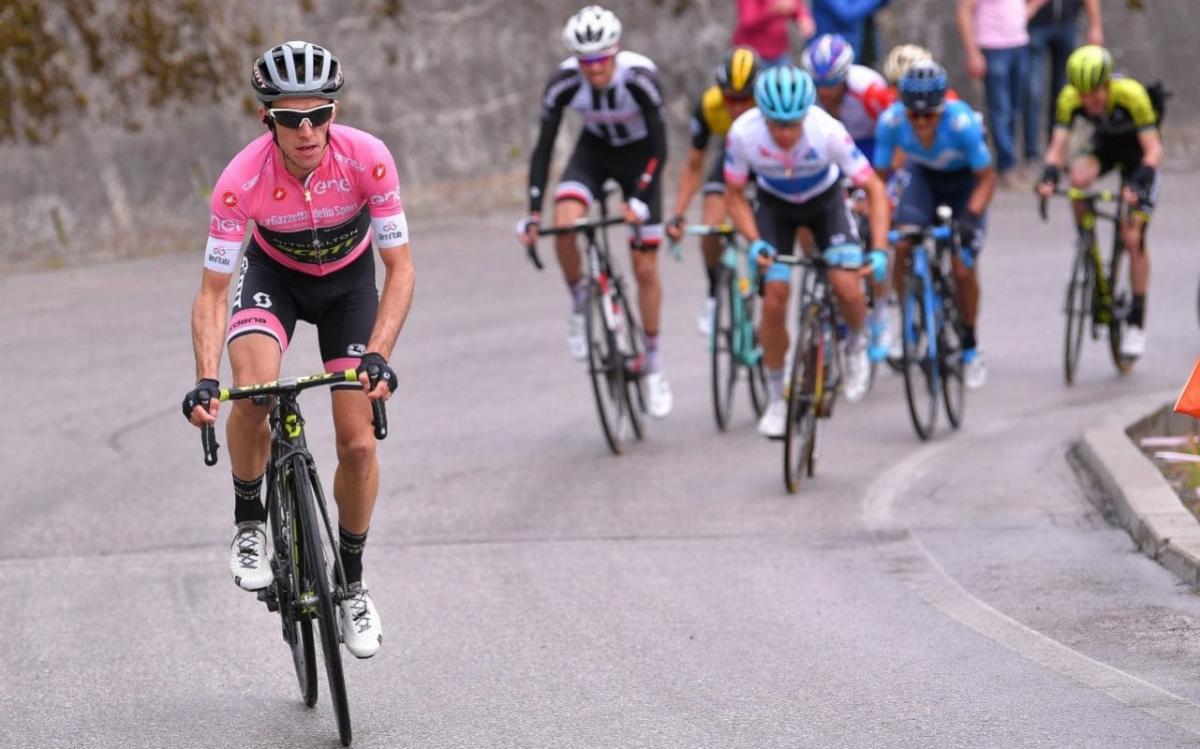
Cycling, use of a bicycle for sport, recreation, or transportation. The sport of cycling consists of professional and amateur races, which are held mostly in continental Europe, the United States, and Asia. The recreational use of the bicycle is widespread in Europe and the United States. Use of the bicycle as a mode of transportation is particularly important in non-Western nations and in flatter countries, some of which, like the Netherlands, have a widespread system of bicycle paths. Early History Of The Sport Cycling as a sport officially began on May 31, 1868, with a 1,200-metre (1,312-yard) race between the fountains and the entrance of Saint-Cloud Park (near Paris). The winner was James Moore, an 18-year-old expatriate Englishman from Paris. On November 7, 1869, the first city-to-city race was held between Paris and Rouen; again Moore was the winner, having covered the 135 km (84 miles) in 10 hours 25 minutes, including time spent walking his bicycle up the steeper hills. While road racing became common within a few years in continental Europe, in England the deteriorated conditions of the roads made them unsuitable, and therefore the sport there focused on the track or time trials. In the United States the first recorded race was held on May 24, 1878, in Boston, two years after the start of professional baseball and 13 years before basketball was invented. Almost all of the early American racing was on tracks, in long races sometimes employing pacers who rode ahead of contestants at a fast speed and then dropped away. By the 1890s there were about 100 dirt, cement, or wooden tracks around the country, mainly in big cities. More than 600 professionals traveled on this national circuit, which ranged from Boston to San Francisco, with competitions in such cities as St. Louis, Salt Lake City, Denver, and Los Angeles. The sport received an enormous publicity boost on June 30, 1899, when one of these riders, Charles M. Murphy, rode on a wooden track behind a Long Island Rail Road train and covered a mile in 57.8 seconds, earning the nickname of Mile-a-Minute Murphy. A particularly grueling form of racing flourished in the United States in the 1890s: the six-day race, 142 hours (since the races usually started at midnight and ended, six days later, at 10 PM) of nonstop competition with prizes up to $10,000 and an international field of riders. This form of racing was transformed with the change from one-man teams to two-man teams in 1899, and six-day races retained their popularity well into the 1930s. While no longer held in the United States, these races continue to attract large crowds in Belgium, Italy, France, and Germany.





